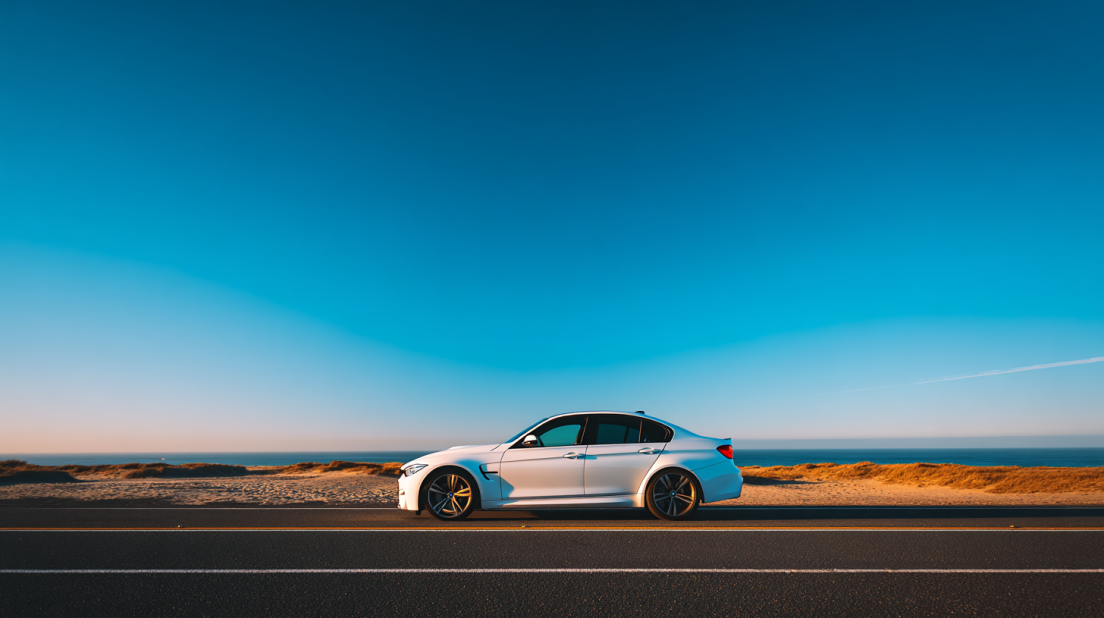Car Gap Insurance vs Loan/Lease Payoff Explained

When you finance or lease a car, protecting your investment is just as important as choosing the right vehicle. That’s where car GAP insurance and loan/lease payoff coverage come in. Both options help if your car is totaled or stolen before you’ve finished paying for it. While they serve similar purposes, they work in different ways. Understanding how each type of coverage functions can save you money and stress in the long run.
What Is Car GAP Insurance?
Car GAP insurance, short for Guaranteed Asset Protection, covers the difference between what your car is worth and what you still owe on your loan or lease. Standard comprehensive and collision coverage only pays the actual cash value (cash-value ACV) of your car, not the full loan amount. If the car’s value drops faster than you make loan payments, GAP insurance coverage bridges that GAP.
For example, say you buy a car for $25,000 and finance $20,000, and a few weeks later, an accident totals it. Your insurance company values the car at $16,000. Without auto insurance GAP protection, you’d still owe $4,000 on your loan. With GAP insurance car coverage, your insurer pays off that remaining balance.
Some automobile GAP insurance plans even cover your deductible, so you won’t have to pay out of pocket. This protection helps most with longer loan terms or small down payments, where negative equity can appear quickly. Purchasing GAP insurance early gives you peace of mind that your coverage protects you if the unexpected happens.
How Does GAP Insurance Work?
Many drivers ask: how does GAP insurance work, and what does GAP insurance cover? The process is simple: after your insurer pays the settlement based on your vehicle’s value, car GAP insurance covers any remaining balance on your loan or lease agreement.
GAP insurance applies when your insurer declares your car a total loss after an accident, theft, or natural disaster, but it doesn’t cover repairs or injuries—its purpose is to prevent you from paying for a car you can’t drive.
If you financed your vehicle with little or no down payment, or you drive a car that depreciates quickly, it’s a good idea to purchase GAP insurance. You can usually add it through your lender, dealership, or insurer at a low cost.
Thousands of vehicles are waiting — join AutoBidMaster for free and start exploring today’s auctions.
What Is Loan/Lease Payoff Coverage?
Loan/lease payoff coverage offers similar protection but works differently. Many insurers offer this coverage, and you can easily add it to your existing auto insurance policy.
Loan/lease payoff insurance covers a fixed percentage—often up to 25%—of your car’s value at the time of loss. For example, if your car is worth $16,000 when an accident totals it, your insurance pays that amount plus up to an additional $4,000. However, this coverage doesn’t include your deductible and doesn’t apply to private loans between individuals.
The biggest advantage is flexibility. You can purchase loan/lease payoff coverage at any time during your loan term, and it’s available for both new and used cars. If you didn’t purchase GAP insurance early on, loan/lease payoff insurance gives you an alternative layer of protection later in your loan or lease.
Comparing Loan/Lease Payoff and GAP Insurance
When you compare loan/lease payoff vs GAP insurance, the key difference lies in how much and when each pays. Car GAP insurance offers complete protection, covering the full difference between your loan balance and your car’s value, and it may also include your deductible. With loan/lease payoff coverage, you get a smaller portion—up to 25%—but you can add this coverage later.
Some drivers wonder, is a loan/lease payoff the same as GAP insurance? Not exactly. GAP insurance provides more comprehensive protection, while loan/lease payoff insurance offers flexibility for drivers who missed the initial purchase window. If you have a Progressive loan/lease payoff or a similar policy, review your terms to understand what your insurance covers and what it excludes.
Is GAP Insurance Worth It?
Many drivers ask whether GAP insurance is worth it. If you made a small down payment, have a long loan term, or own a car that depreciates quickly, it usually is. Without it, you could end up paying thousands for a vehicle you no longer own.
If you lease your car, review your lease contract first. Some leasing companies automatically include GAP insurance. If not, you can purchase GAP insurance for cars from your lender, dealership, or insurer. If you already have a policy, ask your provider about adding loan/lease payoff with Progressive or another insurer to close potential coverage gaps.
The Bottom Line
Car GAP insurance and loan/lease payoff insurance both protect you from negative equity when your car’s value is lower than your remaining loan balance. GAP insurance auto coverage is ideal if you’re financing a new vehicle and want full protection right away. Loan/lease payoff coverage suits drivers with existing loans who still want some security later in their loan term.
Both options are worth considering. GAP insurance ultimately is there to protect your finances if your car is totaled. Meanwhile, loan/lease payoff insurance helps ensure you’re not left with an unpaid balance. Either choice adds valuable peace of mind when life takes an unexpected turn.
Ready to start bidding? Register for free on AutoBidMaster and explore thousands of clean and salvage vehicles today.
- New York Auction Bidding Explained - December 12, 2025
- Vote for the 2025 AutoBidMaster Rebuild Challenge People’s Choice - December 8, 2025
- Why a Used Nissan Altima Still Delivers Great Value - December 5, 2025